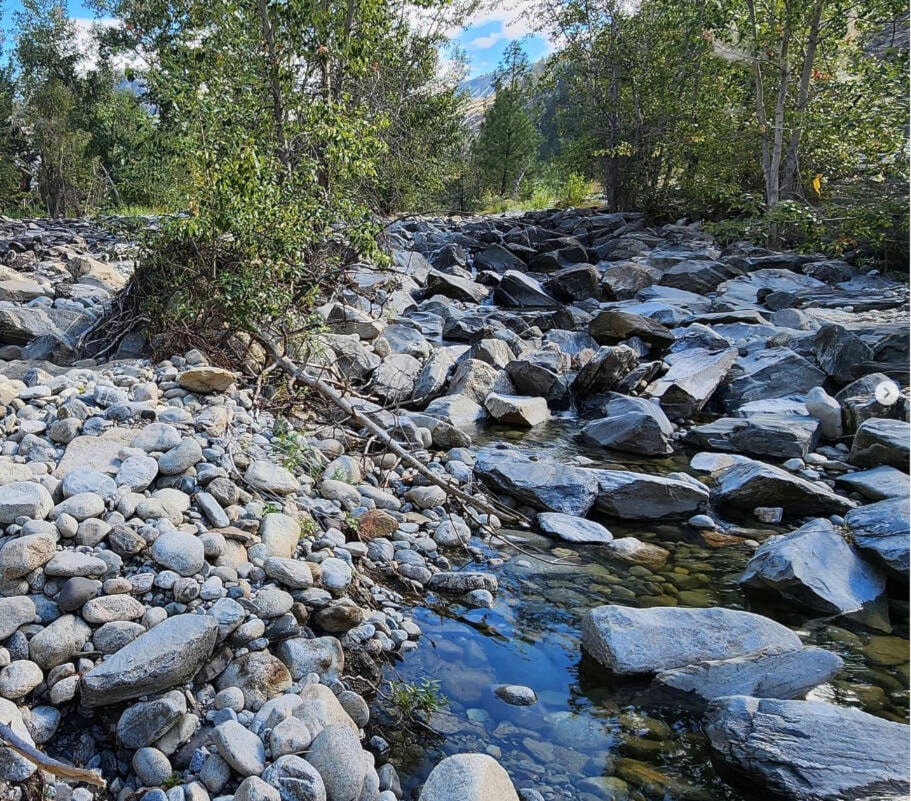The Ministry of Forests is responding to drought-induced decisions to implement water restrictions that left farmers scrambling to save crops this summer.
Temporary protection orders were issued Aug. 16 for Bessette Creek and Salmon River due to low stream flows. The orders were lifted Sept. 30.
“These orders were issued as a last resort, because we recognize the very real impact that this has on farmers, industry and their businesses,” the ministry said in a response to The Morning Star.
“Access to water by food producers is crucial for food security for all of us. Water supply is also vital for the operations of many services and businesses.
“The province is keenly aware of how challenging these temporary protection orders were for farmers in the area. However, without these orders, salmon and other fish in these streams will be impacted for generations.”
READ MORE: North Okanagan water restrictions eased despite drought
While they were in place, the orders were also ignored by some Westwold farmers who deemed they knew the area and water best. Their rationale and decisions to pull water from aquifers were highlighted in a three-part documentary called Stolen Water, produced by Simon Hergott.
The ministry says expert scientific opinion is that the aquifers are connected to surface water in the Westwold area.
“This means that removing water from the aquifers – at any depth – has direct and meaningful impact on the water levels of streams within the watershed; in this case the Salmon River,” the ministry said. “Because the groundwater systems in a watershed are interconnected, the distance from the stream is a very poor indication of where water in a well is coming from. Locations kilometers away can still cause a reduction in stream flow, though given the distance there is a time delay between the start of groundwater pumping and observable impacts to the river.”
Farmers asked for the science when the orders were put in place and the ministry maintains that significant outreach, public announcements and meetings took place as drought levels rose from level two to four.
“Many farmers were already seeing challenges from wildfires and drought - and many stepped up to voluntarily conserve water. Because of the collective effort of the community, we were able to delay the need for temporary protection orders.
“Before being issued, significant technical work was done to gauge the connections between wells and affected rivers. The studies and data collected by the province indicated clearly that the wells in the Salmon River area are connected to the river,” the ministry said, adding that continued mapping of the water system in the area will occur, to ensure data remains up to date.
As fall begins and rain falls, B.C. is still experiencing drought throughout much of the province due to year-long precipitation deficits.
“Because the ground is so dry and stream flows are generally very low, much of the rain will likely be absorbed by the soil and vegetation, and any streamflow increases are expected to be relatively minor,” according to the ministry.
“However, although the orders have expired, the Thompson Okanagan region remains at a drought level 5, the most severe rating.”
Ranchers who grow their own forage are eligible for crop insurance, and all of them are eligible for AgriStability.
